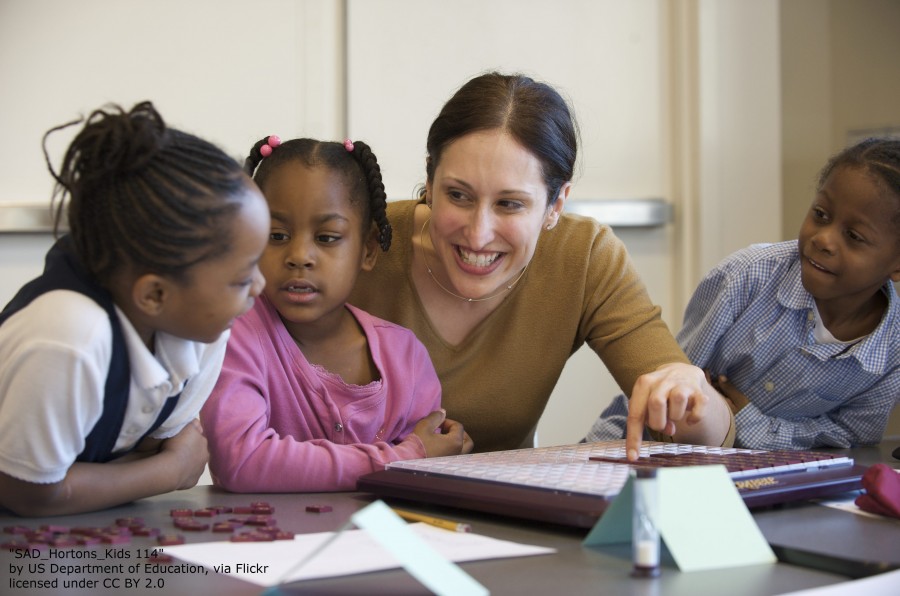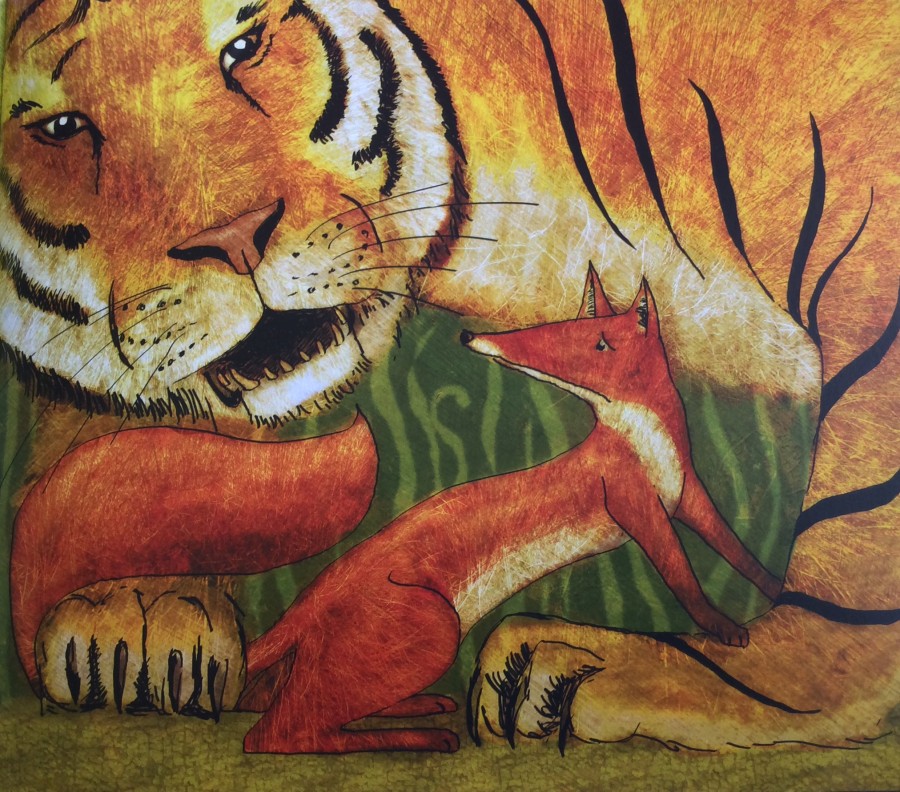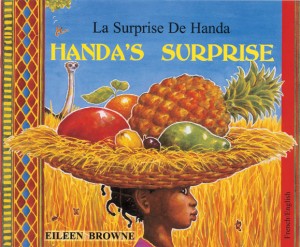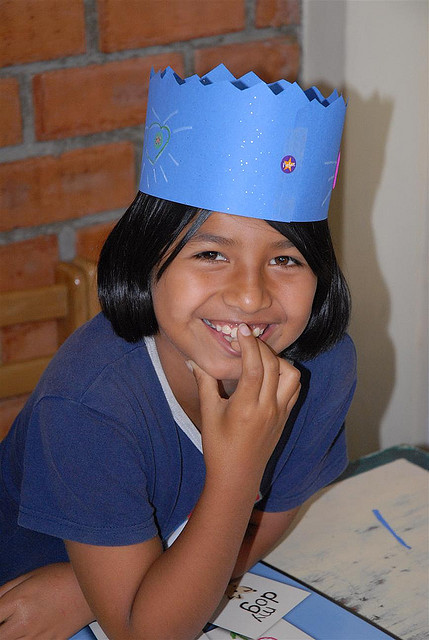The Muslim holiday of Ramadan is the 9th and most sacred month in the Islamic calendar. Traditionally, it’s a time of fasting from sun up to sun down each day. Children aren’t required to fast until they’re teenagers, but may fast for part of the day to help them appreciate the significance of the holiday. Fasting is meant to help Muslims practice self-discipline, self-control, sacrifice, and empathy. Ramadan is a time of spiritual reflection, growth, and religious devotion.
Learning about............. CONTINUE READING
May 11, 2015









